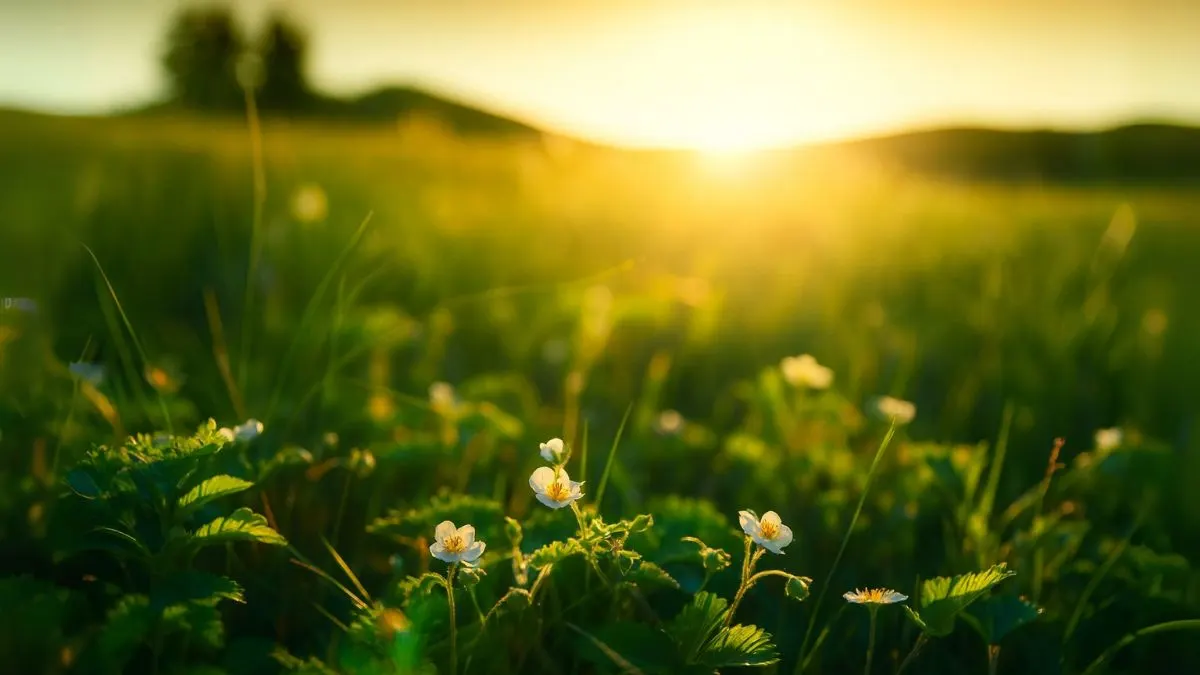Have you ever wondered why some of your indoor plants thrive while others struggle? The secret often lies not in the water or soil, but in the light they receive. Every plant—from a tiny basil sprout to a blooming orchid—has its own light requirement. The good news is that with the right setup, you can give your plants exactly what they need, even in snow-covered Canadian winters or apartments with no windows in the USA.
Why Light Matters for Plants

Plants rely on photosynthesis, and grow lights can stimulate plant growth when natural sunlight isn’t enough. The quality, duration, and intensity of light all influence how a plant develops.
- Blue light encourages leafy, vegetative growth.
- Red light supports flowering and fruiting.
- Full-spectrum or mixed LED grow lights for versatility combine both, mimicking natural sunlight.
- Without the right balance of red and blue wavelengths, plants may grow weak, tall, and spindly.
Natural Light vs. Artificial Light
Natural Sunlight
- Best for plants but not always available, especially in apartments or during long winters in northern countries.
- Seasonal changes affect the amount of sunlight your plants get.
Also Read: 8 Plants That Perfectly Mimic Animals—#3 Is Wild!
Artificial Grow Lights
- Grow lights should be as similar as possible to sunlight.
- Full-spectrum or mixed LED grow lights for versatility are the closest to natural conditions.
- You can tailor the duration and intensity to suit different plants.
Understanding Plant Light Needs
Not all plants are created equal. Some thrive in bright sun, while others do best in partial shade.
- Fruiting plants need at least 8-10 hours of light through the day. Examples: Tomatoes, peppers, strawberries.
- Medium light means 4-6 hours of light per day. Examples: Ferns, philodendrons, and prayer plants.
- Shade-loving plants like snake plants or ZZ plants can tolerate even less but still appreciate artificial light.
Types of Grow Lights
1. LED Grow Lights
- Energy-efficient and long-lasting.
- Offer red and blue wavelengths essential for growth.
- Best for beginners and advanced gardeners alike.
2. Fluorescent Lights
- Affordable, good for seedlings and herbs.
- Less effective for fruiting plants compared to LEDs.
3. HID (High-Intensity Discharge) Lights
- Powerful and suitable for large grow setups.
- Consume more electricity.
Also Read: These Bonsai Varieties Will Steal Your Heart
Step-by-Step Plan for Using Grow Lights
- Identify Plant Needs – Know whether your plant is fruiting, flowering, or foliage-heavy.
- Choose the Right Light – Opt for full-spectrum or mixed LED grow lights for versatility.
- Position the Lights – Keep them 6–12 inches above plants. Too close, and you risk burning leaves. Too far, and the light won’t be effective.
- Set the Duration –
- Fruiting plants need at least 8-10 hours of light through the day.
- Medium light means 4-6 hours of light per day for foliage plants.
- Monitor Growth – Look for healthy green leaves and sturdy stems. Adjust if plants look weak or stretched.
Quick Lighting Guide for Plants
Plant Type |
Light Requirement |
Best Light Source |
Fruiting Plants |
8–10 hrs/day |
Full-spectrum LEDs |
Leafy Greens |
6–8 hrs/day |
Blue-heavy LEDs |
Indoor Foliage Plants |
4–6 hrs/day (medium light) |
LED or Fluorescent |
Orchids & Bloomers |
8–12 hrs/day |
Red + Blue Mix |
Famous Plants That Thrive Indoors with the Right Light
- Indoor Prayer Plant: This beauty opens and closes its leaves daily. It thrives in medium light (4-6 hours per day) and flourishes under bright, filtered sunlight or LED grow lights.
- Lupin Flowers: When grown indoors, they benefit from full-spectrum grow lights to mimic long summer days, encouraging strong vertical growth.
- Guduchi Plant: Popular in traditional medicine, it responds well to blue light for vegetative growth, especially in controlled setups.
- Hawthorn Plants: While best outdoors, young hawthorn seedlings indoors benefit from mixed LED grow lights for versatility.
Also Read: Mallows: The Multi-Tasking Marvels Your Garden Has Been Missing
- Redbud Trees (Saplings): When grown indoors for early stages, saplings need 8-10 hours of light daily, simulating spring conditions.
- Aquarium Plants: For fish tank setups, red and blue wavelengths keep leaves vibrant and healthy while preventing algae growth.
- Celery at Home: Celery thrives under full-spectrum LEDs, needing long hours of cool light.
- Amaranth: As a C4 plant, it loves strong light conditions, making LEDs ideal when natural sun isn’t available.
Personal Experience
When I first brought home a set of Hoya carnosa and Prayer Plants, they started losing color in the winter. That’s when I invested in choosing the perfect grow light for your indoor plants—a full-spectrum LED. Within weeks, I noticed sturdier growth, richer leaf color, and even tiny flower buds on my hoya.
I learned quickly that right lights can stimulate plant growth in ways that natural winter light simply couldn’t.
Conclusion
The secret to lush, thriving greenery is understanding the right light for your plants. Whether you’re using natural sunlight or full-spectrum or mixed LED grow lights for versatility, giving plants the correct red and blue wavelengths makes all the difference.
✨ Key takeaway: Fruiting plants need at least 8-10 hours of light through the day, while medium light means 4-6 hours of light per day for most foliage plants. And above all, remember that practical grow lights should be as similar as possible to sunlight.
So next time you see your plant struggling, don’t just reach for the watering can—check the light. That might be the missing piece of the puzzle.






